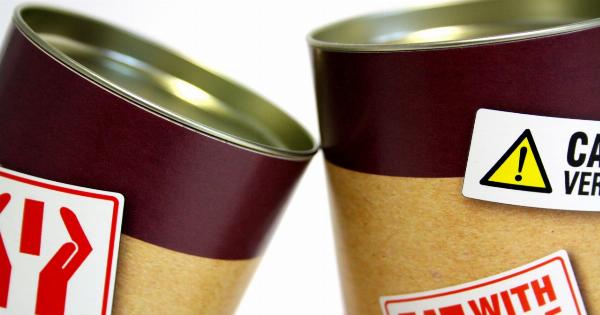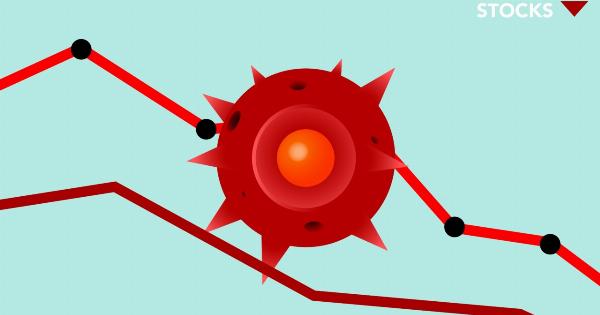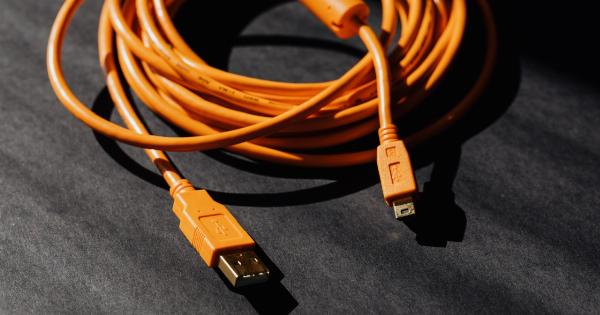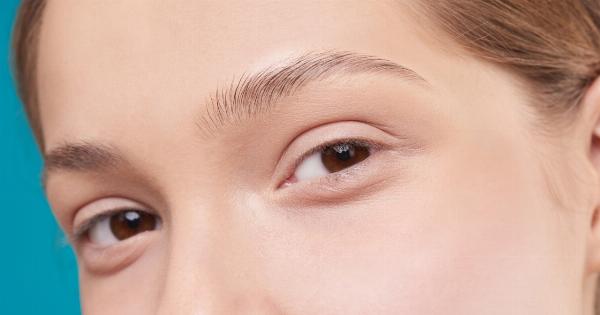By Marialena Kyriakakou.
Introduction
Headaches are a common complaint among children and can be caused by a variety of factors. As a parent, it is essential to pay attention to your child’s headaches and understand their causes and treatment options.
In this article, we will discuss the different types of headaches in children and provide valuable insights on how parents can effectively manage and support their child during these episodes.
Understanding Headaches in Children
Headaches in children can be categorized into two main types: primary headaches and secondary headaches.
1. Primary Headaches
Primary headaches are not caused by an underlying medical condition and are commonly seen in children. The three common types of primary headaches in children are:.
1.1 Tension Headaches
Tension headaches are the most common type of primary headache in children. They are often described as a steady, dull ache on both sides of the head or at the back of the head.
Tension headaches can be triggered by stress, inadequate sleep, poor posture, or anxiety. Encouraging relaxation techniques, maintaining a regular sleep schedule, and addressing any sources of stress can help alleviate tension headaches in children.
1.2 Migraines
Migraines are another prevalent type of primary headache in children.
Unlike tension headaches, migraines are characterized by severe pain on one side of the head, along with other symptoms such as nausea, vomiting, sensitivity to light and sound, and visual disturbances. Identifying triggers such as certain foods, sleep disturbances, or stress is crucial in managing migraines in children.
Keeping a headache diary can help parents track potential triggers and take appropriate measures to prevent or reduce the frequency and intensity of migraines.
1.3 Cluster Headaches
Cluster headaches are a less common primary headache in children but are known to be extremely painful. They occur in cyclical patterns or clusters, with intense pain occurring on one side of the head, often around the eye area.
Cluster headaches can be accompanied by red or teary eyes, nasal congestion, or a drooping eyelid. While the exact cause of cluster headaches is unknown, it is essential for parents to consult with a healthcare professional to develop an appropriate treatment plan for their child.
2. Secondary Headaches
Secondary headaches in children are usually caused by an underlying medical condition or injury. Some common causes of secondary headaches include:.
2.1 Sinus Infections
Sinus infections, also known as sinusitis, can cause headaches in children due to inflammation and congestion in the sinus cavities.
Along with a headache, children may also experience symptoms such as a stuffy or runny nose, facial pain or pressure, and cough. Treating the underlying sinus infection is necessary to alleviate the headaches.
2.2 Head Injuries
Head injuries, such as concussions, can lead to secondary headaches in children.
It is crucial for parents to seek immediate medical attention if their child experiences a head injury and monitor them closely for any signs of a concussion, including persistent headaches, dizziness, confusion, or changes in behavior.
2.3 Vision Problems
Poor vision or uncorrected vision problems can contribute to headaches in children. Regular eye exams and addressing any identified vision issues with prescription glasses or contact lenses can help alleviate these headaches.
2.4 Medication Overuse
In some cases, headaches in children can be caused by the overuse of certain medications, such as pain relievers. This type of headache is known as a medication-overuse headache.
It is important for parents to follow proper dosing guidelines and consult with a healthcare professional if they suspect their child’s headaches may be caused by medication overuse.
Managing Headaches in Children
When it comes to managing headaches in children, there are several strategies parents can implement:.
1. Keeping a Headache Diary
Encouraging your child to keep a headache diary can help identify potential triggers and patterns.
The diary should include information about the timing, duration, severity of headaches, as well as any associated symptoms, activities, or foods consumed prior to the headache. This can help parents make appropriate lifestyle adjustments or seek medical advice if necessary.
2. Establishing Healthy Habits
Ensuring your child maintains a regular sleep schedule, eats balanced meals, and stays hydrated can contribute to headache prevention.
Encourage your child to engage in physical activities and manage stress effectively through relaxation techniques such as deep breathing, meditation, or yoga.
3. Identifying Triggers
Pay attention to any potential triggers that may be causing or worsening your child’s headaches. These triggers can vary from stress and certain foods to environmental factors such as bright lights or strong smells.
By identifying and avoiding triggers, parents can help reduce the frequency and severity of headaches.
4. Seeking Medical Advice
If your child’s headaches are persistent, severe, or accompanied by other concerning symptoms, it is important to seek medical advice.
A healthcare professional can provide an accurate diagnosis, rule out any underlying medical conditions, and recommend appropriate treatment options.
5. Medication
In certain cases, healthcare professionals may prescribe medication to manage your child’s headaches. It is essential to follow the prescribed dosage and discuss any concerns or potential side effects with the prescribing healthcare professional.
Conclusion
Headaches in children can have multiple causes, but understanding the different types and triggers can help parents effectively manage their child’s headaches.
By keeping a headache diary, establishing healthy habits, identifying triggers, seeking medical advice when necessary, and utilizing appropriate medications if prescribed, parents can support their child and alleviate the pain associated with headaches. Remember, each child is unique, and finding the right approach may require some trial and error. With patience and support, parents can help their child navigate through headaches and promote their overall well-being.































